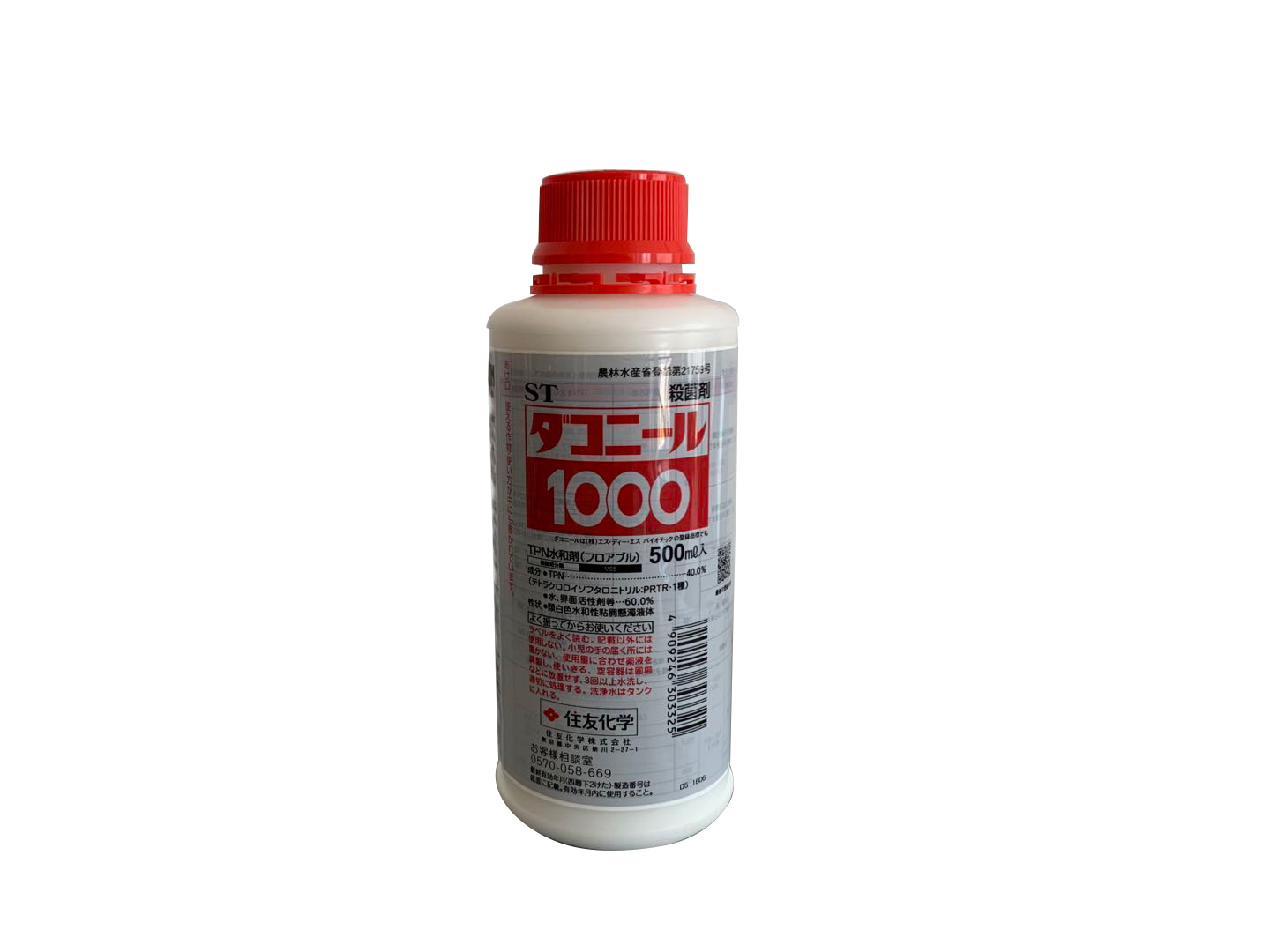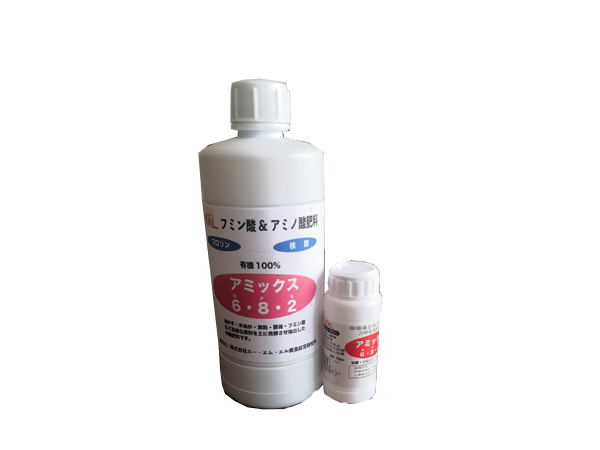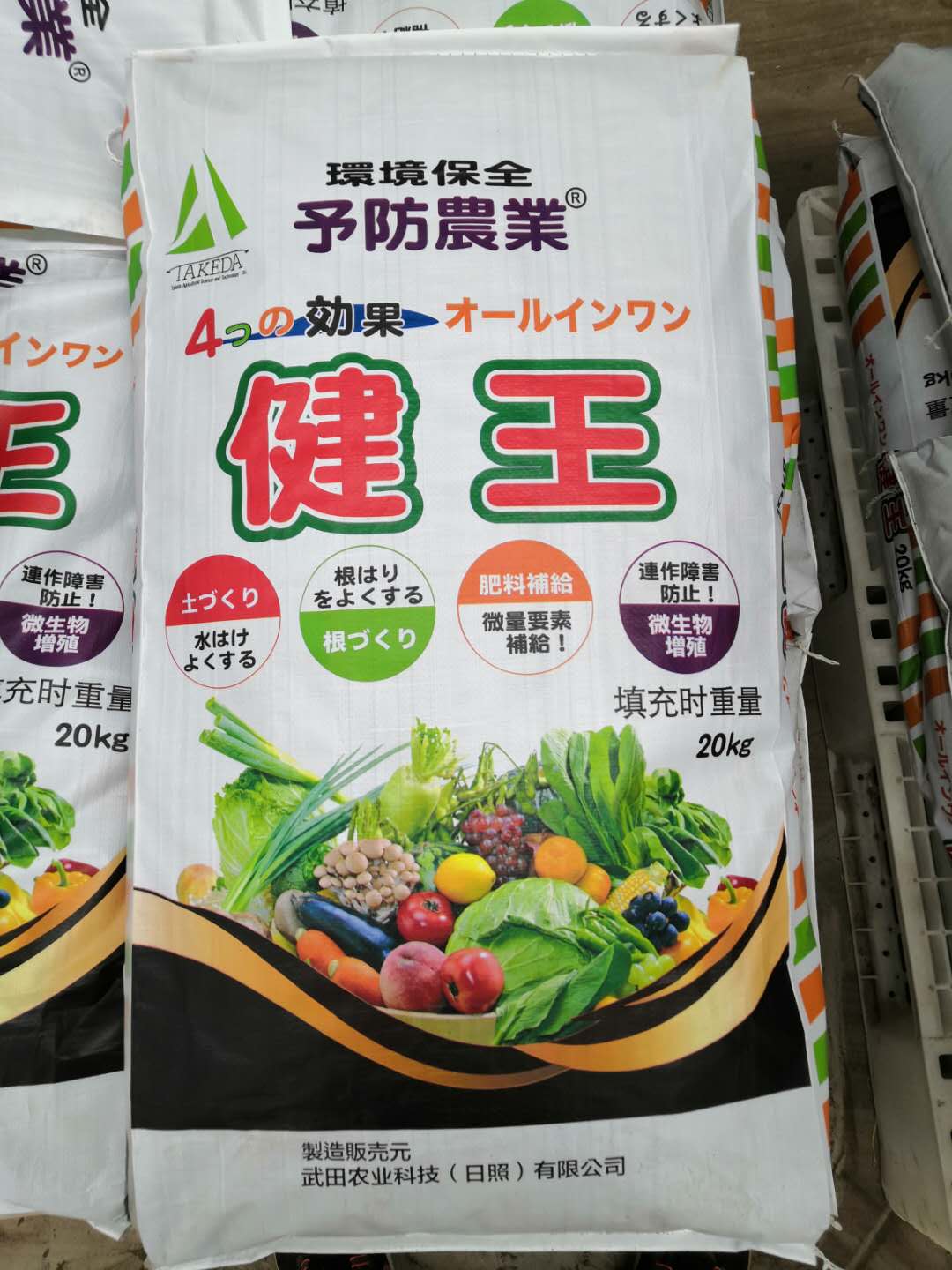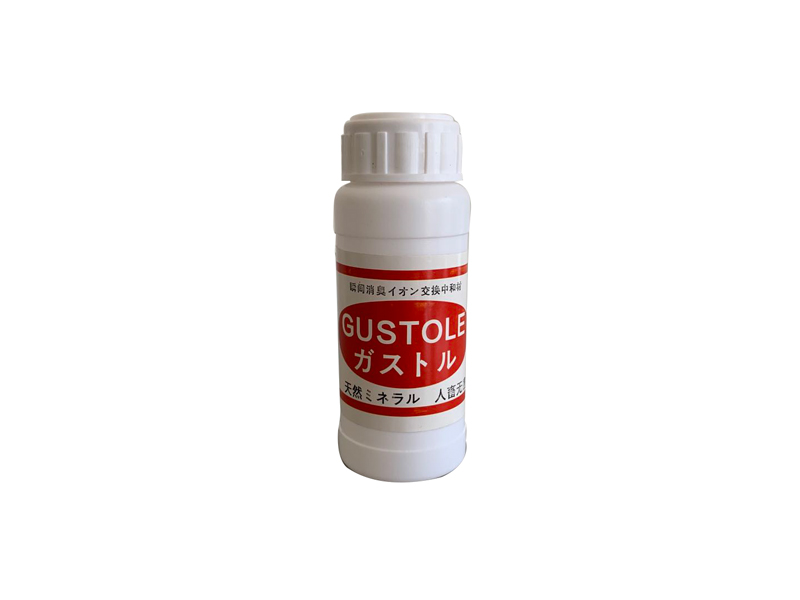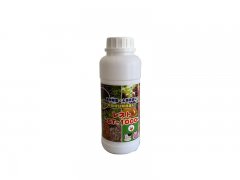How to apply organic fertilizer correctly and how to apply o
pubdate:2020-07-17
Organic fertilizer has been spoiled now no line no line, policy one after another! At present, farmers also have a new understanding of organic fertilizer, and the application area is getting bigger and bigger. We learn about the application of organic fertilizer technology and related knowledge with you! Welcome everyone to approve....
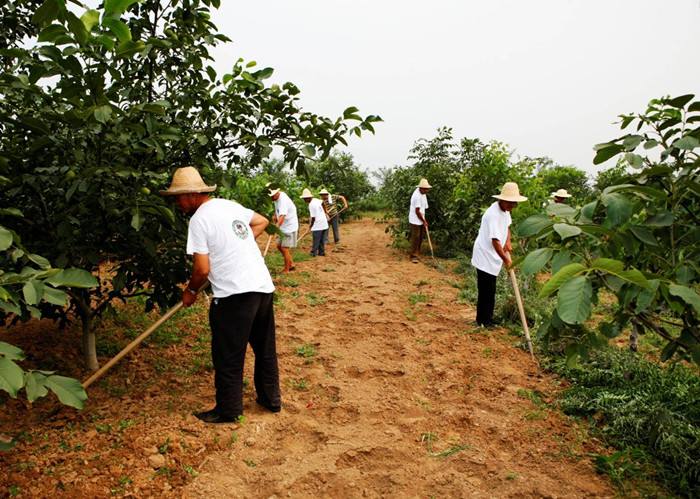
First, apply as base fertilizer
Concept: organic fertilizer has slow release of nutrients, long fertilizer efficiency and is suitable for base fertilizer application. Before sowing, when plowing into the soil, generally called bottom fertilizer, and some in the seeding near the seed, also called fertilizer. This fertilization method is suitable for planting dense crops. Note: there are differences in the usage of farm organic fertilizer and commodity particulate organic fertilizer
application process
1. Full layer application. When tilling, organic fertilizer is spread to the surface, and fertilizer is applied to the surface of the soil with tilling, and then plowed into the soil. This fertilization method is simple, economical, and the fertilizer is applied evenly. This approach also has many drawbacks.

First, apply as base fertilizer
Concept: organic fertilizer has slow release of nutrients, long fertilizer efficiency and is suitable for base fertilizer application. Before sowing, when plowing into the soil, generally called bottom fertilizer, and some in the seeding near the seed, also called fertilizer. This fertilization method is suitable for planting dense crops. Note: there are differences in the usage of farm organic fertilizer and commodity particulate organic fertilizer
application process
1. Full layer application. When tilling, organic fertilizer is spread to the surface, and fertilizer is applied to the surface of the soil with tilling, and then plowed into the soil. This fertilization method is simple, economical, and the fertilizer is applied evenly. This approach also has many drawbacks.
First, low utilization rate of fertilizer. Because it is applied throughout the field, the amount of fertilizer applied is generally high, but the root system can only absorb and use the fertilizer around the root system, and the fertilizer applied to the part that the root system can not reach is lost.
Two, easy to produce soil obstacles. Organic fertilizer is rich in phosphorus and potassium nutrients, and is not easy to lose in the soil. A large amount of fertilizer is easy to cause the enrichment of phosphorus and potassium nutrients, resulting in the imbalance of soil nutrients.
Third, in the greenhouse with low fertilizer mobility, a large amount of fertilization will also cause an increase in soil salt concentration.
2, concentrated application in addition to a large amount of coarse organic fertilizers, high nutrient content of commercial organic fertilizers generally adopted in the planting hole or ditch application method, the concentrated application in the root extension parts, can give full play to its fertilizer effect. Concentrated application does not mean that the closer to the planting hole, the better. It is better to apply fertilizer at a distance from the planting hole according to the quality of organic fertilizer and the growth of crop roots. As an effective fertilizer, it plays a role along with the growth of crop roots. Where organic fertilizer is applied, soil aeration is improved, the root system extends well, and the root system absorbs nutrients effectively.
From the view of fertilizer effect, concentrated application is effective for exerting phosphate nutrient fertilizer effect. If phosphate nutrients are directly applied to the soil, the phosphorus content in organic fertilizers is easily fixed by the soil, and thus its fertility efficiency is reduced. There is a lot of sexual phosphate in the decayed organic fertilizer. In order to improve the fertilizer efficiency, the organic fertilizer should be applied centrally to reduce the fixation of soil phosphorus.
The key to ditch and hole application is to apply nutrients within the range where the roots can be extended. Therefore, the location of fertilizer application is important in concentrated application, and the location of fertilizer application should be changed according to the change of fertilizer absorption by crops. The ideal method of fertilization is that the fertilizer should not touch the seeds or the roots of the crops, but should be far away from the roots, so that the crops can only be absorbed and utilized after the growth of the crops.
The application amount of fertilizer can be reduced to some extent, but the labor cost of fertilization can be increased.
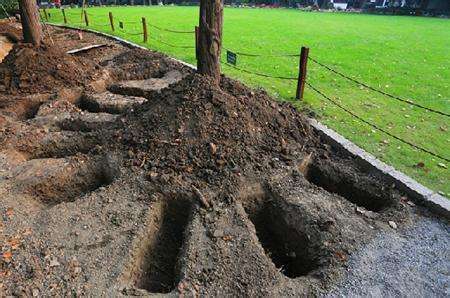
2. for topdressing application
Organic fertilizer is not only an ideal base fertilizer, but also can be used as topdressing. The main nutrient of human manure and urine organic fertilizer is nutrient, which is more suitable for topdressing.
Topdressing is a kind of nutrient supplement during crop growth, which is generally suitable for hole application or furrow application.
Attention should be paid to the following items when organic fertilizer is used as topdressing
① Organic fertilizer contains nutrients, but the amount is limited, and the release of a large number of slow effective nutrients still needs a process, so when organic fertilizer is used as topdressing, the topdressing period should be several days earlier than chemical fertilizer.
② The main purpose of topdressing in the later stage is to meet the great demand for nutrients in the process of crop growth, crop yield and low nutrient content of organic fertilizer. When there is a lack of certain components in organic fertilizer, appropriate single chemical fertilizer can be applied to supplement.
③ The rational distribution ratio of base fertilizer and topdressing fertilizer should be formulated. When the soil temperature is low, the microbial activity is small, and the nutrient release of organic fertilizer is slow, so most of the application amount can be used as the base fertilizer; when the soil temperature is high, the microbial activity is strong. If the amount of base fertilizer is too much, the fertilizer will be over decomposed by microorganisms before planting, and the fertilizer efficiency will play a role immediately after planting, which may sometimes cause crop overgrowth. Therefore, for high temperature cultivation crops, it is better to reduce the amount of base fertilizer and increase the amount of topdressing.
3、 It can be used as nursery fertilizer.
In modern agriculture, many crops are cultivated by the method of first raising seedlings under the same conditions, and then planting in Honda. The nutrient requirement of seedling is small, but the lack of nutrients can not form strong seedlings, which is not conducive to transplanting and crop growth in the future. Fully decomposed organic fertilizer is an ideal fertilizer for seedling. Generally, 10% of organic fertilizer with sufficient fermentation is added with peat, vermiculite or perlite, and the soil is mixed evenly to be used as seedling substrate.
4、 Organic fertilizer as nutrient soil
In greenhouse, plastic greenhouse and other places, more vegetables, flowers and special crops are planted. The economic benefits of these crops are relatively high. In order to obtain good economic income, we should make full use of various conditions for crop growth, and often use soilless cultivation.
The traditional soilless culture is to prepare nutrient solution with various inorganic fertilizers and pour it on soilless culture medium such as nutrient soil or nutrient bowl for crop absorption and utilization. Nutrient soil and nutrient bowl are generally made of peat, vermiculite, perlite and fine soil as main raw materials and a small amount of chemical fertilizer. In the whole growth period of crops, adding solid fertilizer to the substrate every other period can maintain the continuous supply of nutrients. The use of organic fertilizer instead of regular irrigation of nutrient solution can reduce the times of irrigation of nutrient solution and the production cost.
The general formula of nutrient soil cultivation is: 0.75m3 peat, 0.13m3 vermiculite, 12m3 perlite, 3.00kg limestone, 1.0kg superphosphate (20 P2O5), 1.5kg compound fertilizer (15:15:15), 10.0kg decomposed organic fertilizer. According to the characteristics of crop growth and the law of fertilizer requirement, the formula of nutrient soil cultivation can be adjusted for different crops.

2、 Bio organic fertilizer
The organic fertilizer after fermentation was used as carrier and functional bacteria were added to process bio organic fertilizer. Bio organic fertilizer is a kind of special organic fertilizer containing fermenting microorganisms beneficial to crop growth. It not only has the function of microbial fertilizer, but also has the function of organic fertilizer. There are many kinds of microbial fertilizers in bio organic fertilizer. According to the types of specific microorganisms in the finished products, it can be divided into three types: rhizobia, actinomycetes, actinomycetes; according to its mechanism of action, it can be divided into rhizobia, nitrogen fixing bacteria, phosphorus solubilizing bacteria, potassium solubilizing bacteria; according to the number of microbial types added in organic fertilizer, it can be divided into single bio organic fertilizer and organic-inorganic compound bio organic fertilizer.
1. Function of bio organic fertilizer
Bio organic fertilizer has different functions due to different kinds of microorganisms. It can be summarized as follows.
(1) nitrogen fixation, such as nodules and nitrogen fixing bacteria, can fix nitrogen in the air and provide nitrogen nutrition for crop growth under suitable environmental conditions. It is estimated that 101 million tons of nitrogen can be biologically fixed each year.
(2) nutrient releasing microorganisms decompose some substances in soil that are difficult to be absorbed and utilized by crops into effective nutrients that can be absorbed and utilized by crops. For example, silicate can not only decompose potassium feldspar, mica and other refractory minerals in the soil, release the fixed potassium, but also promote the insoluble phosphorus in the soil into forms that can be used by crops.
(3) the application of microbial fertilizer in the soil can not only increase the nutrient content in the soil, but also increase the synthesis of various vitamins, enzymes and other substances conducive to crop growth, stimulate the growth of crops and help them absorb nutrients.
(4) after inoculating some microorganisms in the soil, they propagate in large numbers in the roots of crops, and become the dominant bacteria in the rhizosphere of crops for a period of time, which inhibits or reduces the breeding opportunities of pathogenic microorganisms, and some microorganisms also have resistance to pathogenic microorganisms.
Although microbial fertilizer can provide nutrients for crop growth and stimulate crop growth, its role is still limited. In crop production, organic fertilizer and chemical fertilizer are mainly used to provide nutrients for crop growth.
(5) there are many beneficial microorganisms in many raw materials in nature, but once these raw materials are applied to the soil, the microorganisms will be eaten by countless microorganisms in the soil. Therefore, it can not survive stably in the soil, and its effect is difficult to show. However, if the beneficial bacteria are added to the fermented organic fertilizer, the fermented organic fertilizer itself is to expand the culture medium, so as to make a large number of proliferation. At this time, the microbial organic fertilizer was applied to the soil, which quickly formed the dominant population in the soil and played a good role in the root system of crops. Fermented organic fertilizer has a good effect on microbial activity.
2. Precautions for application
Matters needing attention in the use of microbial organic fertilizer are as follows.
(1) It is necessary to understand the function and use conditions of microbial agents carefully and use microbial agents pertinently. Nitrogen fixing bacteria can only be used in legumes, forages and other crops with nitrogen fixing capacity, and the suitable strains for different crops are different; phosphorus and silicate are suitable for the soil rich in slow acting phosphorus and potassium.
(2) Bio organic fertilizer is deeply applied into the soil to prevent direct sunlight from killing microorganisms.
(3) Bio organic fertilizer is good to concentrate on the use of crop roots, microorganisms around the crop roots to form a beneficial ecological environment, crop growth.
(4) Bio organic fertilizer should not be mixed with pesticide or other pesticides to avoid affecting fertilizer efficiency.
(5) The suitable application time of microbial fertilizer is early morning and evening or rainy day, which can avoid the killing of microorganisms by ultraviolet rays in the sun.
(6) Microbial fertilizer should not be used under high temperature and drought. When applying microbial fertilizer, we should pay attention to the changes of temperature and humidity. Under the condition of high temperature and drought, the survival and reproduction of microorganisms will be affected, and can not give full play to its role.
(7) Microbial fertilizer can't be soaked in water for a long time. When applied in paddy field, it should be irrigated dry and wet. The products dominated by aerobic microorganisms should not be used in paddy fields as far as possible. Severe drought will affect the growth and reproduction of microorganisms. The suitable soil moisture content of microbial fertilizer is 50-70.
(8) Microbial fertilizer can be applied alone or mixed with other fertilizers. However, microbial fertilizer should not be mixed with uncooked farm manure. When it is mixed with uncooked organic fertilizer, it will kill microorganisms due to high temperature and affect fertilizer efficiency. At the same time, we should also pay attention to avoid mixed use with over acid and over alkali fertilizers.
(9) Microbial fertilizer should not be used together with pesticide. Chemical pesticides can inhibit the growth and reproduction of microorganisms in varying degrees, and even kill microorganisms. It is not allowed to load microbial fertilizer with tools mixed with insecticides and pesticides. Microbial fertilizer should not be put for a long time. It should be applied in time after unpacking. It can be used up at one time. When the packaging bag is opened, other bacteria may invade, which will change the microbial flora and affect its use effect.
(10) Avoid blind application of microbial fertilizer.
Microbial fertilizer is mainly to provide beneficial microbial community, rather than to provide mineral nutrients, so microbial fertilizer can not completely replace the commonly used fertilizer.
(11) Pay attention to the fertilizer efficiency condition of microbial fertilizer.
The efficiency of microbial fertilizer is affected by its own factors, such as the number of effective bacteria in the fertilizer, activity size and other quality factors; and by other external factors, such as soil moisture, organic matter, pH value and so on. Therefore, the rationality of microbial fertilizer should be paid attention to from the selection to application.
more product
more news
2020-07-17Howtoapplyorganicfer...
2020-07-17Whatarethefunctionso...
2020-07-17Whatisthedifferenceb...
2020-07-17Mattersneedingattent...
2020-07-17Howtopreventcakingof...
2020-07-17Productiontechnology...


